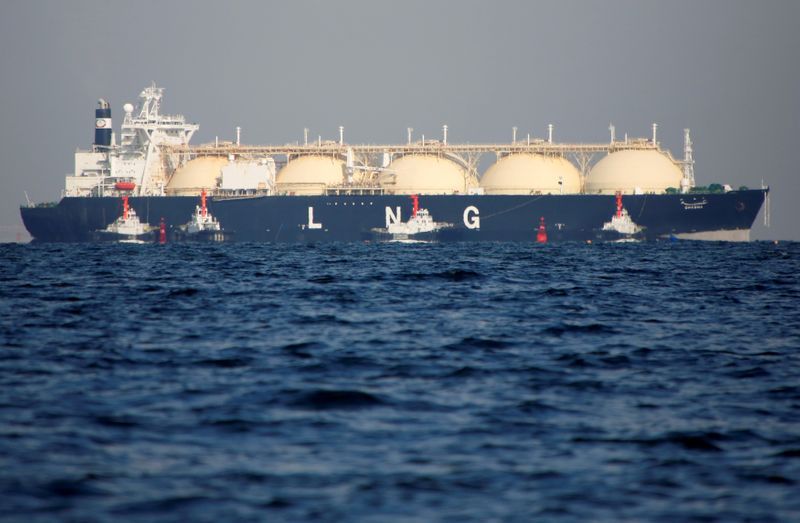LONDON/NEW YORK – A sharp increase in U.S. liquefied natural gas (LNG) output in the past year has protected the country’s status as the world’s third largest exporter of the chilled fuel, despite multiple cargo cancellations this summer.

Over 21 million tonnes per year of U.S. LNG capacity was added in 2019 and more than 16 million tonnes in 2020, contributing heavily to a global gas glut.
As the coronavirus pandemic pressured demand and prices, flexibility built into U.S. LNG contracts allowed buyers to cancel multiple cargoes.
However, although exports have been dropping throughout 2020 and individual projects have been impacted by rejections, U.S. exports and deliveries to Asia and Europe remain much higher than a year ago.
Graphic: Top LNG exporters in 2020 – here
Analysts said massive production capacity supported U.S. LNG, with strong exports achievable when the price differential between the U.S. and other markets is wide enough.
“What we saw in the first half of the year…was primarily the result of newly expanded terminal capacity and low prices, wherein a spread still existed to Europe and Asia from the Gulf (of Mexico),” said Jack Weixel, Senior Director for gas, power and energy futures at IHS Markit.
Graphic: New LNG production capacity added in 2019 and 2020 – here
The U.S. exported 26.5 million tonnes of LNG in January to July this year, a 41% jump on the year earlier period, Refinitiv Eikon data showed.
Xi Nan, vice president, gas and power markets at Rystad Energy, said he expects the U.S. to produce 55 million tonnes of LNG in 2020, a 53% increase from 2019.
IMPORTS RISE
The summer dip has impacted U.S. deliveries to Latin America, but exports to Asia in June and July were 67% above last year’s level and supply to Europe fell by just one cargo.
Overall, total European LNG imports were lower in June and July, while Asian deliveries were stable, suggesting the U.S. has increased its market share.
Graphic: U.S. LNG cargo destinations – here
The dip in U.S. exports is expected to continue next month, with July and August cancellations yet to be reflected in deliveries.
Graphic: Spreads between gas prices in the U.S., Asia and Europe in 2020 – here
Winter cargoes are likely to go primarily to Asia where prices are expected to rise, traders said.
“We expect to see less cancellations in September and October, because even if prices are low, a price contango will pay for floating a cargo and delivering it at a higher price in winter,” said Trevor Sikorski, head of natural gas and carbon research at consultancy Energy Aspects.
[contextly_sidebar id=”zomHkqzI4ydv0yaXcffTpChVaAYXgl93″]





